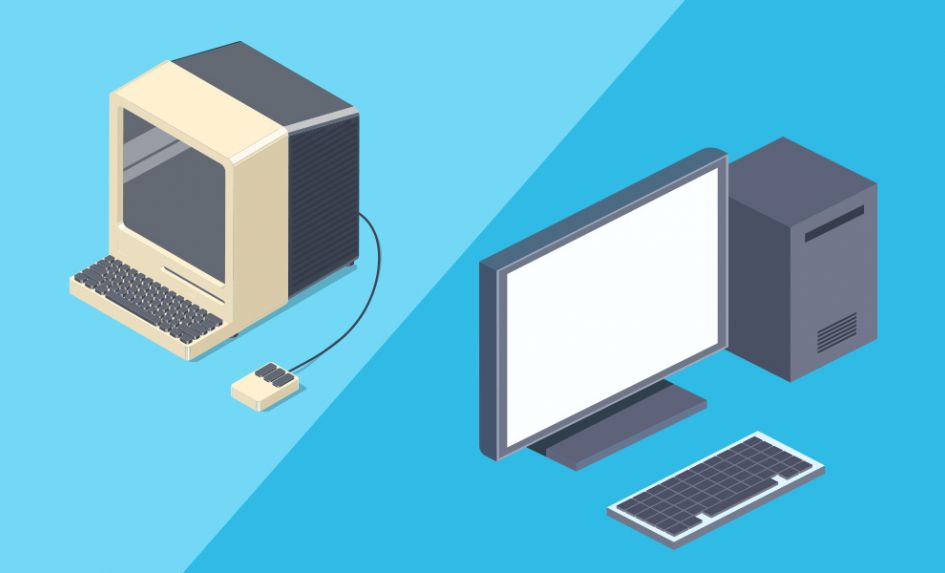Every teacher knows the feeling. You turn the classroom computer on, up blinks that ‘updating’ message and your heart sinks. You know that this could easily mean no access to the internet or shared server all morning.
Like many schools across the country, we have a number of laptops and desktop computers that take an age to turn on, and are often next to useless once they’re ‘ready’. We’ve taken the step of becoming a Google Apps school, and have gradually moved our resources from an on-site shared server to a Google-hosted ‘cloud’ space that everyone logs into with their own username. However, some of our Windows laptops were far too old and sluggish to access the new Google space comfortably – so I turned to Linux.
Linux is a free, open source operating system that comes in many different forms. You can have it permanently replace an older operating system already on your machine, or boot the machine into it temporarily by placing a specially configured CD or USB stick in the drive and turning on as normal.
If you wish, Linux can strip a computer down to a basic shared space that provides internet access, simple programs for tasks such as word processing and printing and little else. At the other end of the scale, Linux can function as a complete substitute for Windows, with all the features you’d expect from a modern operating system. You can buy brand new Linux laptops.
Take your pick
First, we had a staff discussion about what we wanted our older laptops to do. We decided that the essentials were internet access (as our Google logins could provide access to a suite of programmes); the ability to print; access to learning software (for phonics, number play and other activities) and the possibility of using them as IWB display sources.
Linux is perfect for this, since there are so many different versions. Search online for ‘educational Linux’ and you’ll find everything from the fully-featured Edubuntu (edubuntu.org), to ‘bare bones’ installations that offer fewer functions but run well on older hardware. A word of warning, however – with so many Linux versions out there, it’s easy to get swamped in options. Remember also that some of the more feature-rich ones require the processing power of a modern machine anyway.
On our just-about working laptops I installed a stripped down version of Ubuntu (www.ubuntu.com) that lets us work with the internet, install printer drivers and run software for phonics games and the like.
Was it a successful experiment? I think so. On the whole, the children adapted quickly enough to Ubuntu’s different interface and icons and could get online quickly, which meant they were able to access the apps and files inside their Google accounts. Of course, if your school doesn’t use cloud computing you’ll need to carefully consider how useful internet-only Linux machines will be – but for us, they were just what we needed!
Rebecca Stacey is the headteacher of Castle Carrock Primary School, Cumbria










